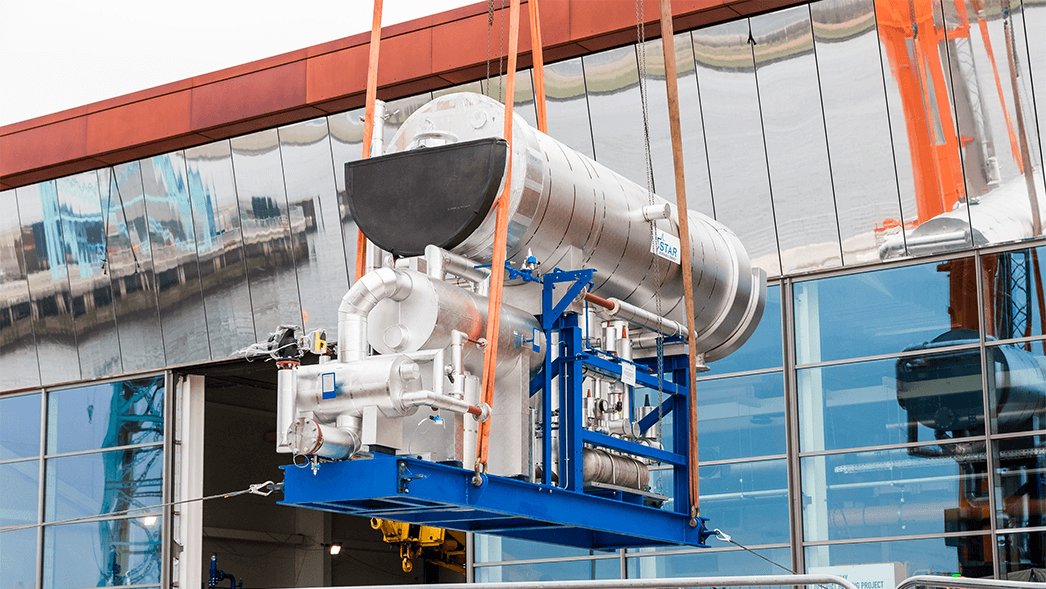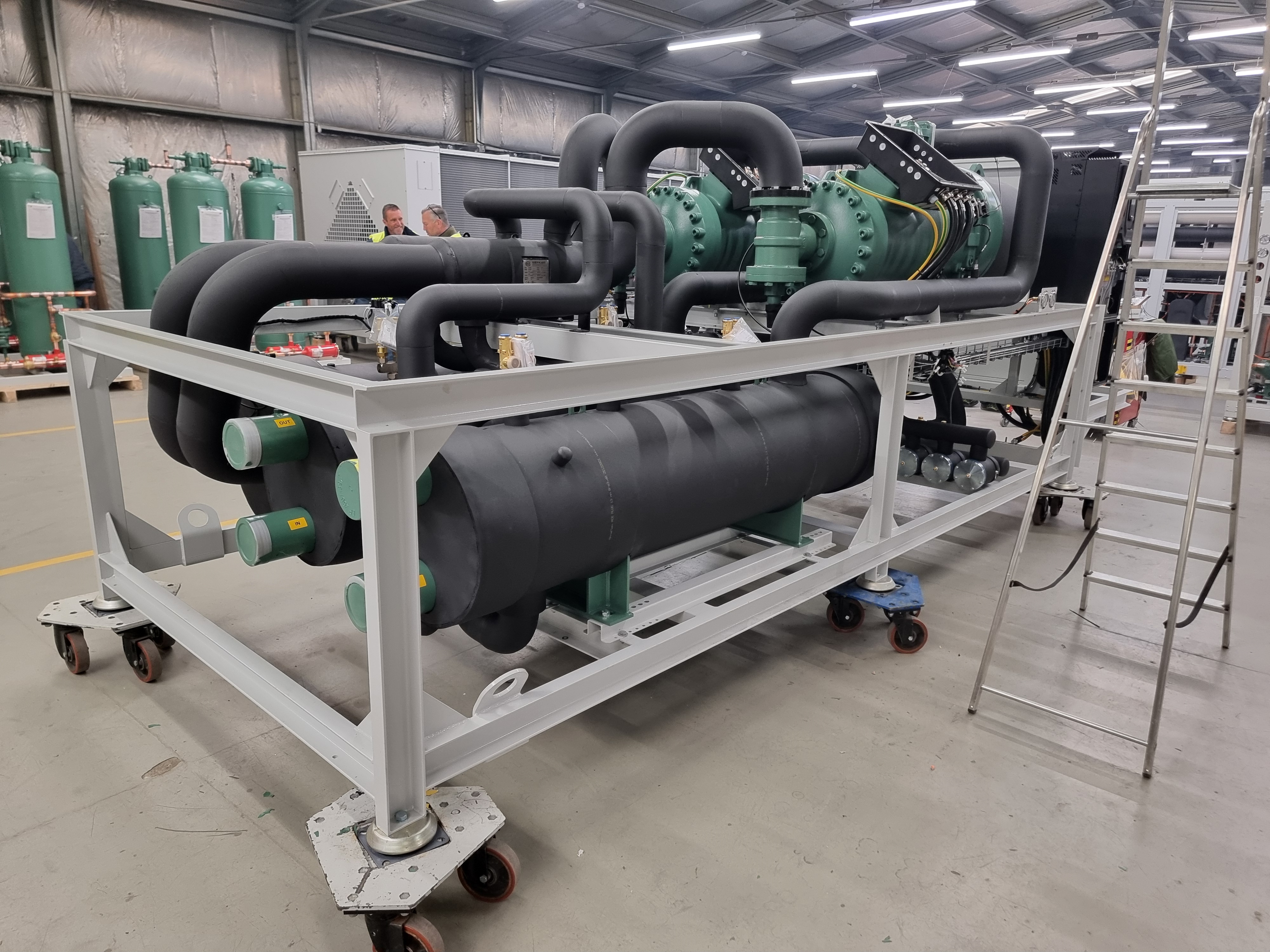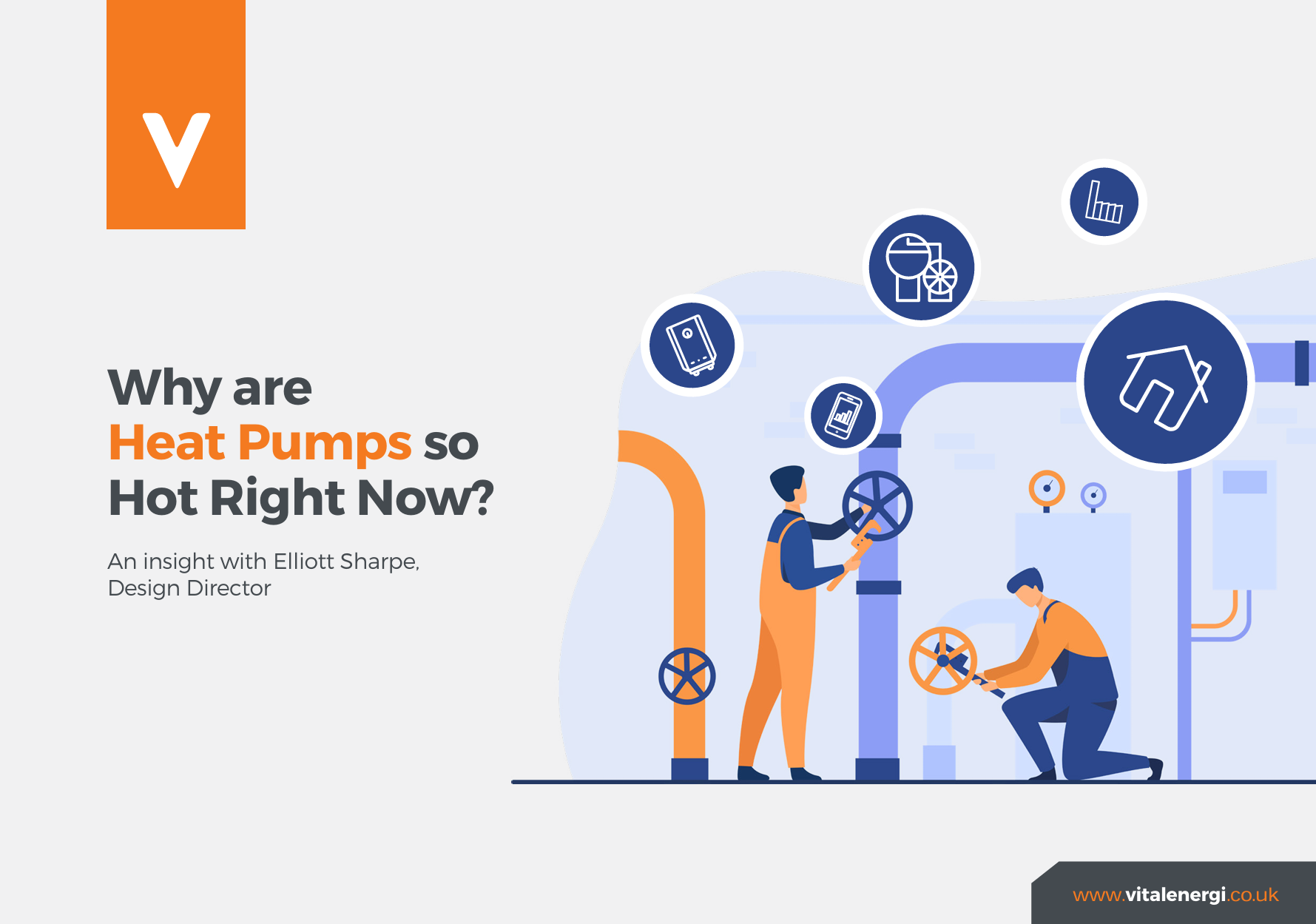Heat Pumps are amongst the most exciting energy technologies available today and are set to make up an important part of the UK’s energy mix by combining reliability with high levels of efficiency and the potential for substantial carbon reduction.
Whether a water, air or ground source system, we can create the right solution for you.

Most heat pumps work in virtually the same way, but the heat source varies. They take the ambient heat from an external source, usually the ground, water or air, to heat a refrigerant. They can also utilise waste heat sources such as heat rejected from data centres, or heat from energy from waste facilities. A compressor then pressurises the refrigerant, which makes it hot. This hot, high pressure refrigerant moves to the condenser, where it releases the heat to provide heating and hot water. Importantly, each of these types of heat pump systems has the ability to provide cooling as well, making them useful for the warmer summer months when excess heat would normally go to waste. But what source would be best for your organisation? That's where we can help.
At Vital Energi, we specialise in large-scale applications of heat pumps. We have successfully installed the UK’s largest water source heat pump at Queens Quay, Clydebank, which uses two 2.65MW heat pumps to extract energy from the River Clyde, providing heat and hot water to surrounding homes and businesses. We have also delivered a multi-technology solution at Northwick Park Hospital, London, comprising both air and water source heat pumps combined with solar PV and battery storage.


Heat pumps can be the perfect solution to striking the balance between energy security, affordability and sustainability, solving the Energy Trilemma. Creating zero on-site emissions, this results in improved air quality on-site and reduces your company's carbon footprint. Heat pumps can be used for cooling as well as heating, offering far greater flexibility than a traditional boiler. They are also more efficient - we work on projects that can offer a Coefficient of Performance as high as 6 - in other words, offering 600% efficiency! With the introduction of various Government Grant schemes they are also now more affordable than ever. We can help with funding, depending on your project. Visit our Funding Support pages for more information, or get in touch.
Could your business benefit from heat pump technology? Can it be combined with other renewable technologies? Find answers to this and more in our Heat Pumps PDF Brochure which answers some of the top frequently asked questions about why heat pumps are so hot right now.
